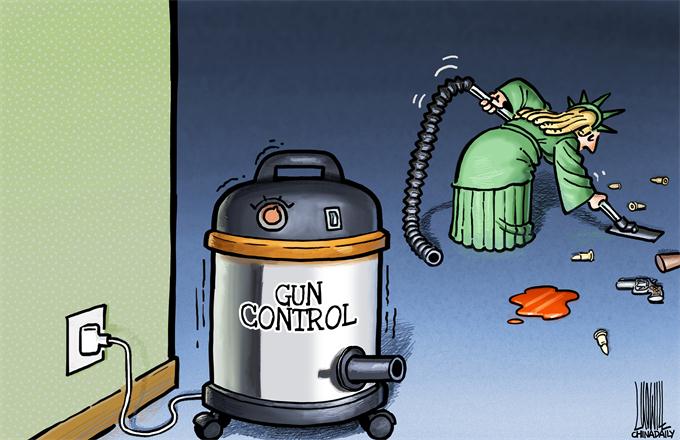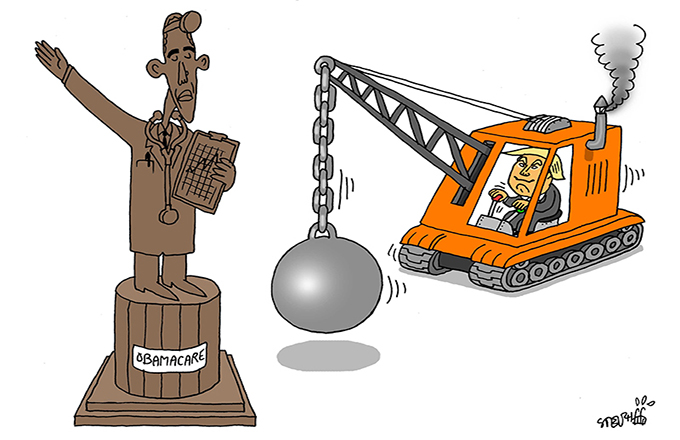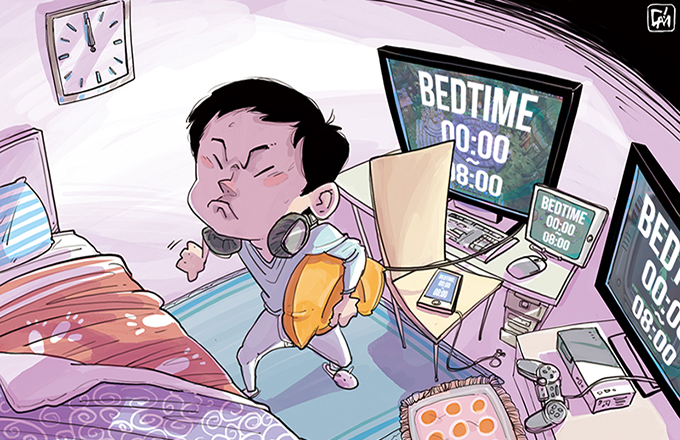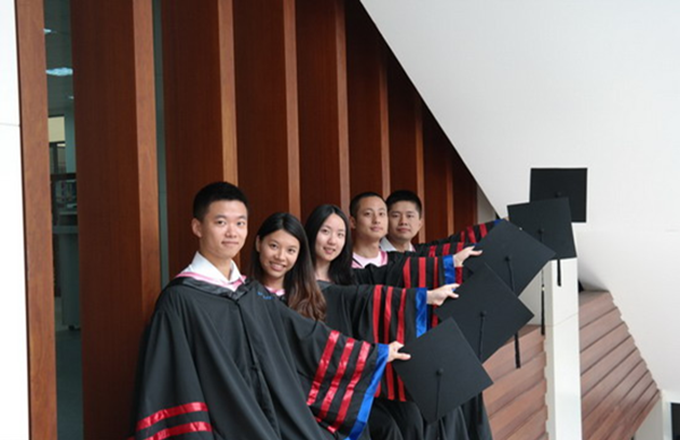Clarifying resistance years
 |
|
A total of 33 veterans meet to mark the 78th anniversary of the beginning of the War of Resistance against Japanese Aggression in July 7, 1937, in Nanjing, Jiangsu, July 5, 2015. [Photo/chinanews.com] |
The Ministry of Education has said the textbooks for middle and primary schools must be revised from the 2017 spring term, so that the time span for China's War of Resistance Against Japanese Aggression is increased from eight to 14 years.
Many people have wondered why Japan's militarist push into China's three northeast regions before the 1937 Marco Polo Bridge Incident, which is recognized as the start of the full-scale war of resistance against the Japanese forces, was not included as part of the war. In fact, in the years after the Sept 18 Incident of 1931, also known as the Manchurian Incident, Japan successively sent troops into China in preparation for its full-scale invasion.
There is no problem in using eight years as a time frame to define China's full resistance against the invading Japanese troops, but it is not enough to include all the fights Chinese people fought before this in defense of their homeland. If the war continues to be defined solely as that over the eight-year period from 1937, then the courageous deeds of Chinese people and the huge sacrifices they made to resist Japanese aggression in the years before that will be ignored and forgotten.
So, the revision is aimed at showing respect to those who first fought against Japanese aggression and reminding younger generations of their deeds.
In fact, sounding the annual air defense alarm bell across the country in remembrance of the Sept 18 Incident of 1931 means Chinese people already recognize that incident as the start of China's war of resistance against the Imperial Japanese Army.
The education authorities' revision of the textbooks will present young Chinese with a more authentic picture of that war and makes them cherish the peace they enjoy today, which was won with the bloodshed of a previous generation.



















